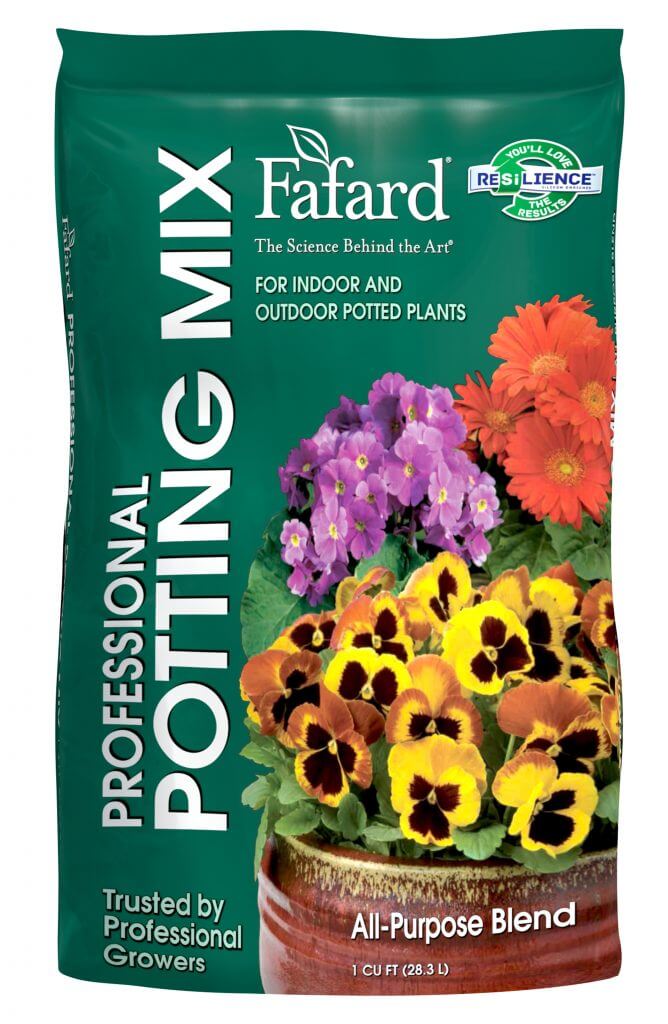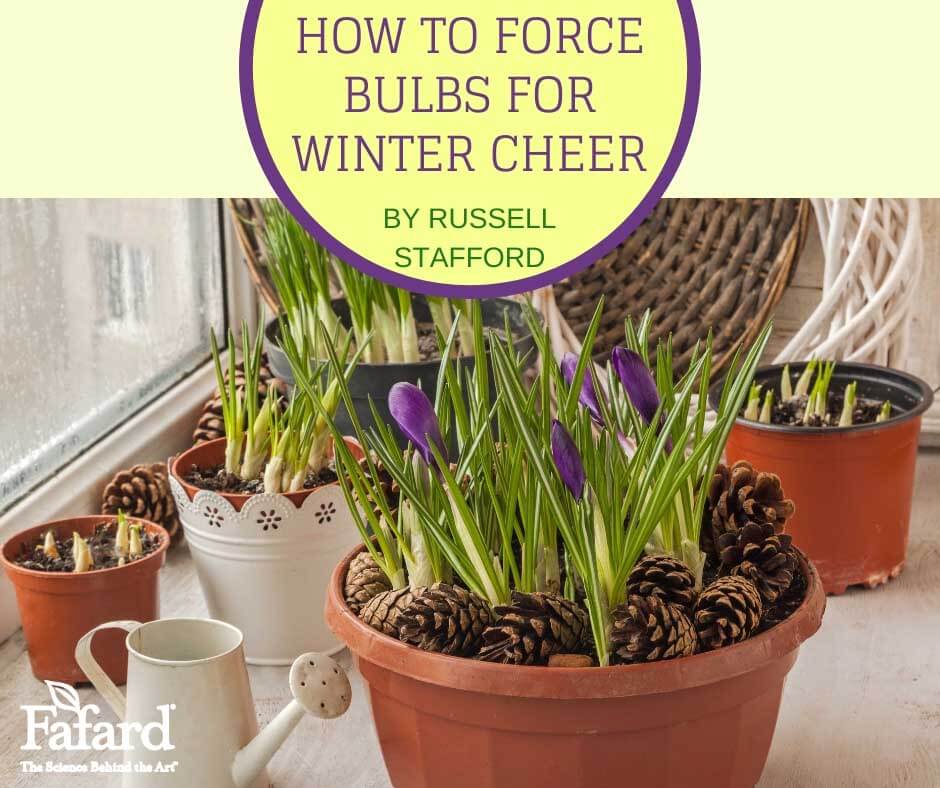
Daffodils, hyacinths, and tulips in winter? For many of us, this would seem the stuff of fantasy, absent a visit to the florist. Yet, with only a modest investment of money, time, and effort, even a beginning gardener can know the joy of bringing these and other spring bulbs into bloom during the coldest and darkest days of the year. Forcing bulbs is that easy.
Flower bulbs are little marvels. Those that grow in cold climates usually leaf and flower in spring, retreating from summer through winter to a tiny condensed underground storage organ known as a true bulb, corm, tuber or rhizome (we’ll just call them all bulbs here). Give them a warm summer followed by 2 or 3 months of chilly temperatures and moist soil, and they’re primed to grow and flower as soon as temperatures turn milder. By providing these cues, along with a nice pot, we can have them up and blooming indoors weeks (even months) before their outdoor kin make their appearances.
Bulb Forcing Pots and Mix
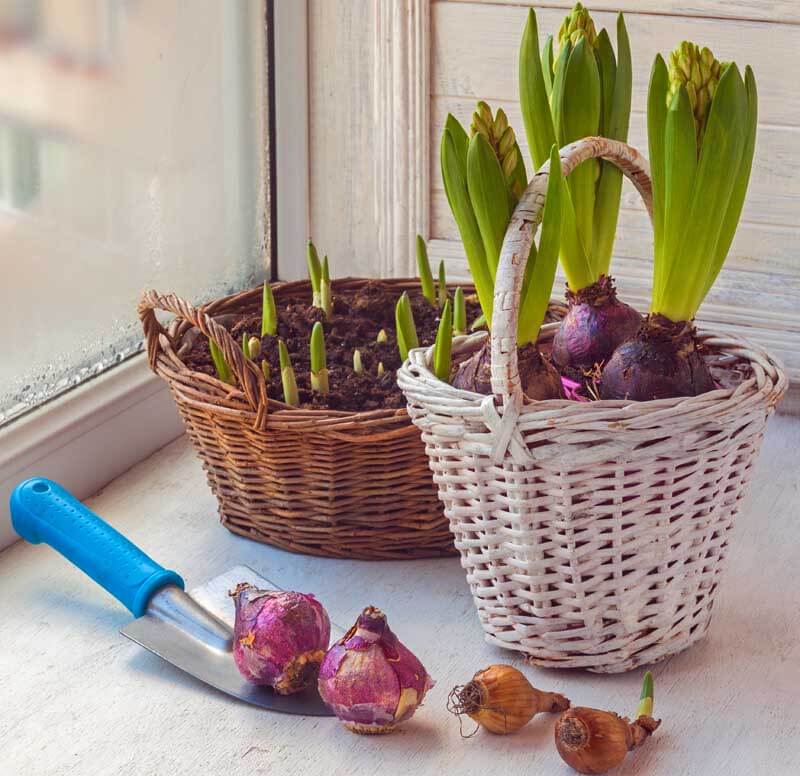
So what does it take to stage this little miracle? Aside from the bulbs themselves (which we’ll get to in a minute), you’ll need a container, some potting soil and a chilly place for the bulbs to cool their heels. Containers of various sorts and sizes will do fine, but wide shallow pots (sometimes known as “bulb pans”) are ideal. Look for something in the 6- to 8-inch-wide and 4- to 5-inch deep range. Clay pots look especially nice and have the added advantage of not tipping as easily as plastic ones.
I recommend a light, well-drained, quality potting mix such as Fafard Professional Potting Mix, which is also perfect for bulbs and contains less added fertilizer. A fertilizer-enriched mix is not necessary unless you’re planning to relocate the bulbs to the garden after they’ve bloomed.
Now for the stars of your planting projects: your plants!
Bulbs for Forcing
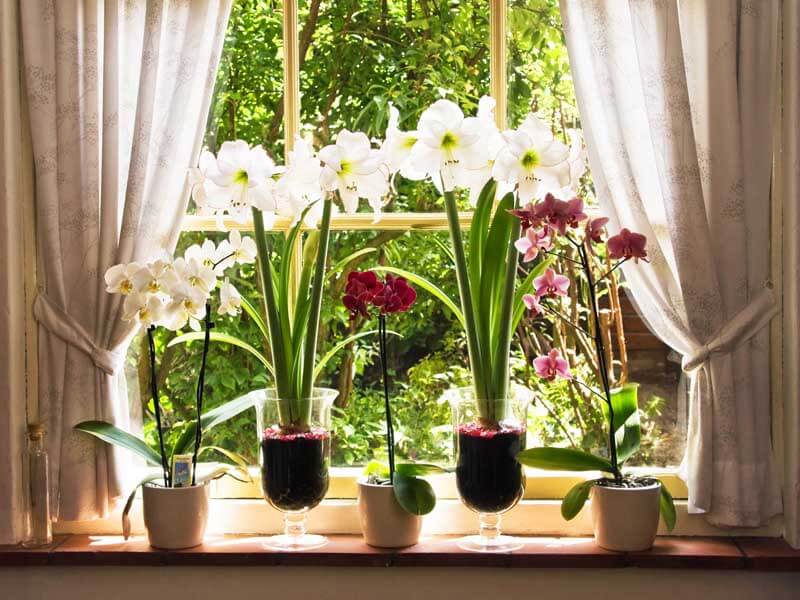
Many bulbs “force” well. Perhaps the most rewarding are those that smell as nice as they look. Among these are numerous daffodils, including Narcissus tazetta hybrids like ‘Geranium’ and ‘Cragford’, the delightfully double-flowered ‘Cheerfulness’ and ‘Yellow Cheerfulness’ and ‘Sundial’ and other hybrids of N. jonquilla. Netted irises (Iris reticulata and hybrids) also offer beautiful flowers and a heady scent, as do many grape hyacinths and some tulips and crocuses. And of course, there’s the bulb that practically defines floral fragrance – the hyacinth. Other bulbs worth trying include Grecian windflower (Anemone blanda), Siberian squill (Scilla siberica) and fumewort (Corydalis solida).
Assemble all your materials in early to late fall (either on a potting table or just a kitchen counter festooned with newspaper) and you’re ready to go!
How to Force Bulbs
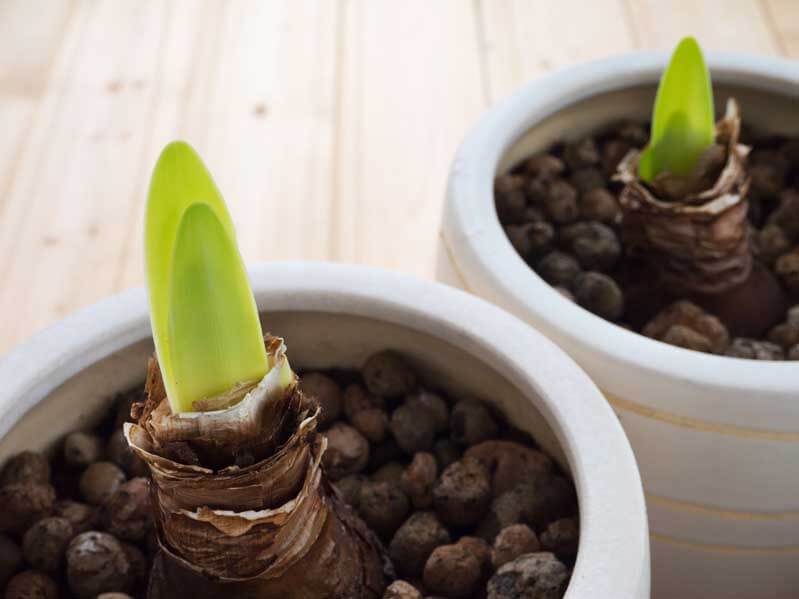
Start by filling your container with enough slightly moistened potting mix so that the tips of the bulbs will be an inch or so below the container’s rim when set on the soil’s surface (large bulbs such as hybrid daffodils can be planted with their noses above rim level). Then place your bulbs on the soil, spaced closely but not touching. Fill the container to just below the rim with more potting mix, water until the drainage holes begin to drip, then move the container to a dark location where temperatures will remain above freezing but well below the comfort range of shirt-sleeved humans (40 degrees F is just right). An attic or attached garage may be suitable, but keep in mind that bulb-loving critters might be afoot. If no other place is available, the refrigerator will do nicely, as long as the bulbs don’t have overripe fruit as fridge-mates. Refrigerated containers are best kept in paper bags, to retard drying. Water the containers lightly if the top layer of soil dries.
And now you wait. At about 7 or 8 weeks, start checking for signs of root development. When roots are evident at drainage holes, or if bulbs offer significant resistance if gently twisted or tugged, your bulbs are ready to party. (The appearance topside of leaves or fat buds is a further sign that flowers are in the offing.)
So let the show begin: Bring your container into a cool, shady room for a few days, to acclimate the prepped bulbs to “spring.” Then move it to a sunny – but not too warm – niche, and watch the miracle happen. Most bulbs will flower 2-4 weeks after coming into the light. Water when the soil surface dries.
After they bloom, either discard them or plant them in the garden once the soil becomes workable. (If you replant them in your outdoor beds, just be patient: Your transplanted bulbs will likely be bloomless for a year or two in the garden before they flower again.)
What better antidote for winter than a windowsill brimming with brightly blooming bulbs? You might even find yourself in the market for a spare refrigerator.


